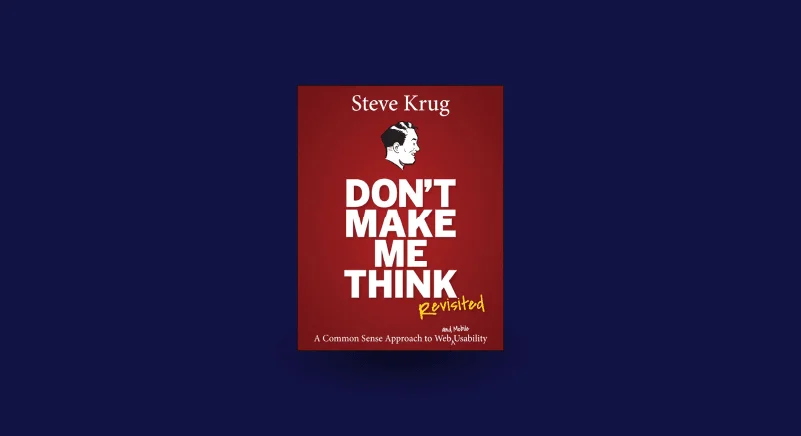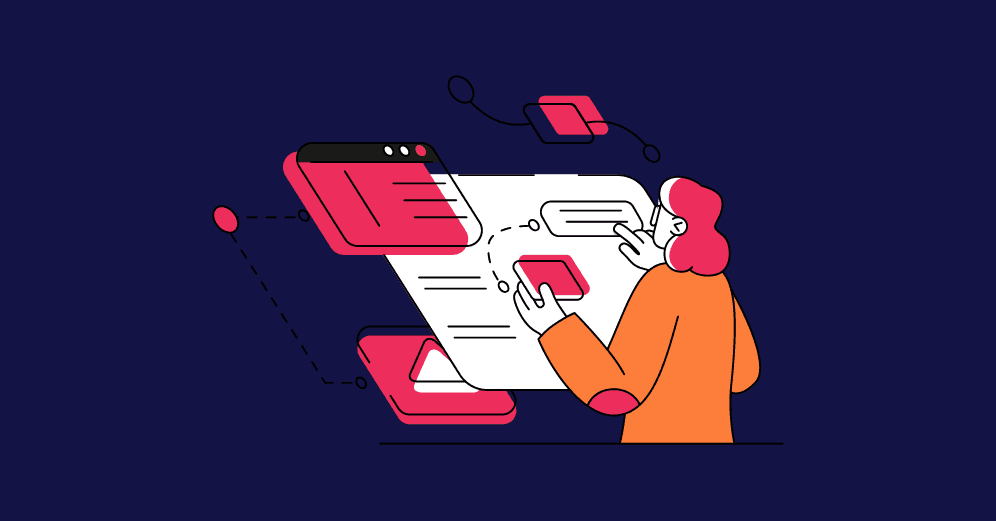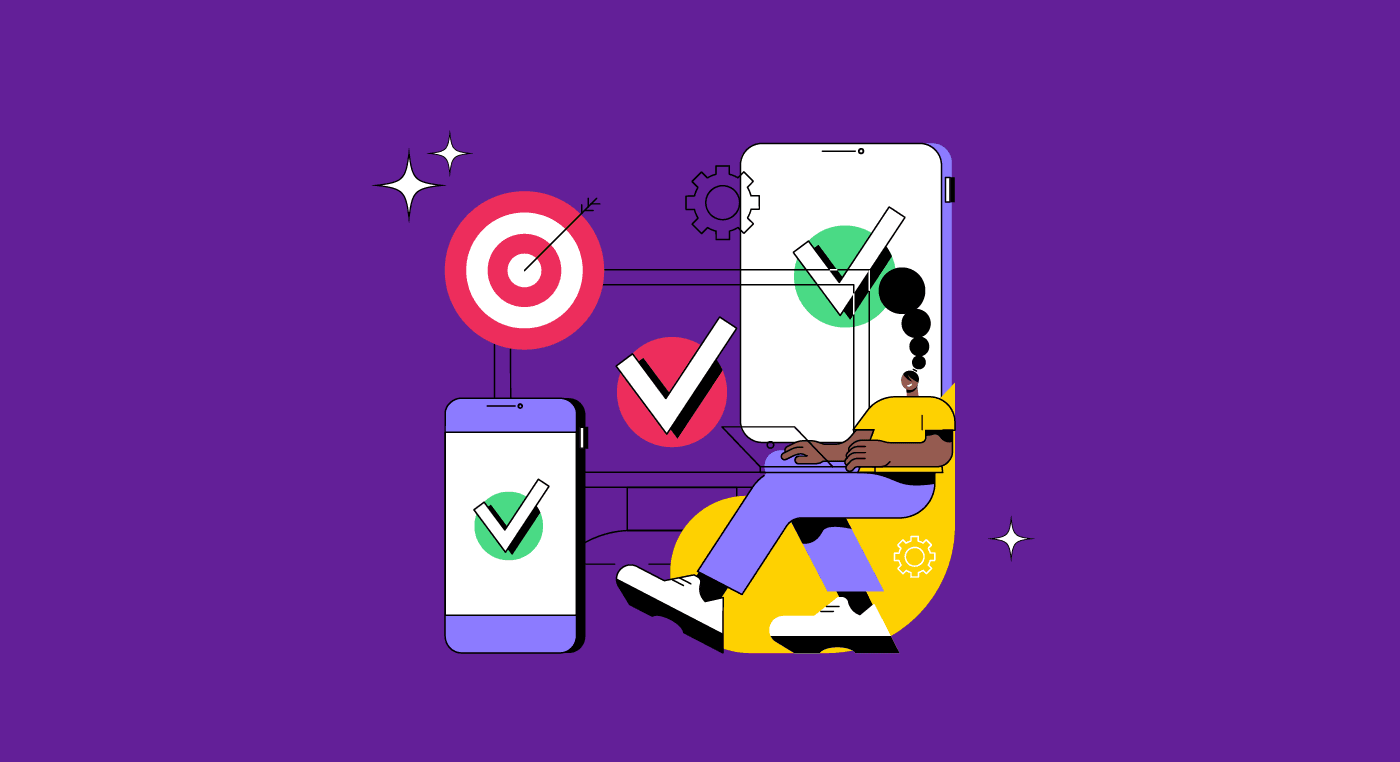Imagine you're developing a new app as a UX Designer at a large company. You spend days, maybe weeks, envisioning how it will function, ensuring every button is in the right place and everything looks attractive and functional. But there's a magical ingredient that can elevate your design from "good" to "amazing": feedback.
Feedback is essentially people's opinions about something you've created. In the world of product design, whether digital or physical, these opinions are like gold. Why? Because, ultimately, it doesn't matter how much you love your design; what truly matters is how the people who will use your product feel about it.
When you collect feedback, you're opening the door to understand not just what you got right, but also what can be improved. This can come from two main sources: the users of your product and your coworkers. Each group provides a type of valuable insight.
In this content, we'll delve into the details of each feedback source, how to collect this information, and finally, how to analyze and incorporate it into your design.
Feedback: The Foundation for Incredible Designs

Have you ever stopped to consider what makes a product truly great? It's not just about the attractive appearance or cool features; it's about how it fits into the lives of the people who use it. And the key to figuring out how to do that is using feedback.
The Role of Feedback in the Design Life Cycle
In the world of UX and Product Design, everything starts with an idea. But between that initial idea and the final product, there's a long journey filled with sketches, prototypes, and numerous revisions. Here, feedback acts as a beacon, guiding the design through the mists of uncertainty and assumptions.
During the design life cycle, feedback serves several purposes:
- Validation: Confirms whether we're on the right track, if people understand and appreciate what we're creating.
- Discovery: Unveils problems and opportunities we hadn't noticed.
- Enhancement: Helps refine the design, making it more intuitive, useful, and enjoyable.
Without feedback, it's easy to get lost in our own ideas and lose sight of what users really need and want. With feedback, each iteration of the design brings us closer to a product that not only looks good but also makes sense to the people who will use it.
Feedback and User-Centered Design
A user-centered approach places the needs, desires, and limitations of people at the heart of the product development process. And there's no better way to understand these aspects than through direct user feedback.
By collecting feedback regularly, you:
- Understand your user: Who are they? What do they need? How can your product make their lives better?
- Test your hypotheses: Every design decision starts with an assumption. Feedback tells you whether those assumptions are correct.
- Avoid common pitfalls: It's easy to become blinded by our own ideas. Feedback helps us see beyond our bias and avoid costly mistakes.
Feedback is not just an addition to the UX and Product Design process; it's a fundamental piece that ensures we're creating products people truly want and need. It's what transforms a project from "something we made" to "something people love."
Effective Methods for Collecting Feedback

Feedback is the secret ingredient to make any product amazing. But how exactly do you collect this feedback? Let's dive into some effective techniques that can help you.
Feedback from Users
Who better to comment on a design and the experience of your product than the users themselves?
Feedback from users is extremely important to validate hypotheses and better understand their behavior.
To collect feedback from users, we can use some techniques like User Interviews, Usability Testing, and Surveys. Here are some tips for using each of these techniques:
User Interviews: A face-to-face (or screen-to-screen) conversation can reveal deep insights. Here are some tips:
- Prepare your questions in advance, but be ready to deviate from them if the user shares something interesting.
- Don't make assumptions; if something is not clear, don't hesitate to ask again. Incorrect or misinterpreted information will affect subsequent analysis and invalidate the interview.
- Listen more than you speak. Your goal is to understand the user's experience, not to defend your design.
Reading Tip: User Interview: Keys to Gather Insightful Information
Usability Testing: Observing people using your product is incredibly valuable. Organize sessions where you can see where they struggle or what delights them. Remember:
- Set a clear goal for each testing session. What are you trying to learn?
- Encourage participants to think aloud so you can understand their reasoning.
- Avoid leading questions that could bias the responses. Prefer open-ended questions to encourage them to share their thoughts and experiences.
Reading Tip: A Comprehensive Guide to Usability Testing for Designers and Researchers
Surveys and Questionnaires: Useful for reaching a large number of users quickly. To get useful results:
- Keep them short and focused. Clear and concise questions are more likely to be answered.
- Use rating scales to facilitate quantitative analysis, but also include open-ended questions for qualitative feedback.
Reading Tip: UX Survey: How To Collect Trustful Data
Feedback from Coworkers
It's not only users who can provide feedback on your product's design; considerations from your coworkers/team are also very important.
However, these feedbacks take into account other issues, such as whether the product aligns with the business objectives, if the resources are sufficient, or even if the idea is feasible or not according to the company's current situation.
To collect feedback from coworkers, consider the following techniques and tips:
Team Design Reviews: Nothing like a good brainstorming session with the team to polish an idea. To make it effective:
- Create a safe environment where everyone feels comfortable to share and receive feedback.
- Be specific about the type of feedback you're looking for to focus the discussion.
Brainstorming Sessions: These are great for generating innovative ideas and solutions. Some tips:
- Establish clear rules to ensure that ideas flow freely without immediate judgment.
- Encourage participation from everyone, regardless of position or experience.
Reading Tip: Brainstorming: Techniques to Unlock Your Ideas
Collaborative Tools: Platforms like Figma, Miro, and Slack allow for real-time feedback, which is great for geographically distributed teams.
- Take advantage of commenting and collaborative editing features to collect feedback efficiently.
Collecting feedback is an ongoing process that should occur at various stages of product development. Each method has its strengths and can be adapted to meet the specific needs of your project. By integrating these techniques into your workflow, you'll be well-equipped to create products that people love to use.
How to Analyze and Integrate Feedback into Your Design

Receiving a lot of feedback is great, but what do you do with it? Here's how to analyze and apply this information to improve your design.
Feedback Screening and Prioritization
Not all feedback is equal. Some will be very useful, while others may not be relevant. Therefore, it's important to filter and prioritize each piece of feedback. Consider the following points:
- Group feedback by theme or product area. This helps identify patterns and areas that need attention.
- Prioritize based on project goals and user impact. What will make the biggest difference for the user experience? Start there.
- Consider technical feasibility and the effort required. Something might be a great idea, but if it's going to take six months to implement, it may need to be postponed.
Integrating Feedback into the Design Process: Adjustments and Iterations
Now that everything is organized and prioritized, how can we integrate this feedback into the product development process?
- Create quick and dirty versions to test ideas. It doesn't need to be perfect, just enough for you to understand if you're on the right track.
- Test again. Yes, with more feedback. This helps validate whether your changes are having the desired effect.
- Be ready to iterate again. We rarely get it right on the first try, and that's normal. Design is an iterative process.
Document Everything and Keep Records for Future Reference
Keeping a record of what you changed and why is crucial. This not only helps keep everyone on the same page but also serves as a learning tool for future projects.
- Maintain a logbook or changelog. Document what was changed, when, and why. Include the feedback that motivated the change.
- Justify design decisions based on the feedback received. This is useful for future reviews and for new team members to understand the reasons behind the current design.
- Share changes with the team and stakeholders. Keep everyone informed about progress and how feedback is shaping the product.
Analyzing and applying feedback effectively is what separates good design from great design. By incorporating this feedback cycle into your process, you ensure that your product not only meets but exceeds user needs. And remember, design is an iterative process; each feedback cycle is an opportunity to learn, grow, and refine your work.
Navigating Between Constructive Feedback and Destructive Criticism

Receiving feedback can be an enriching experience but also a challenging one. Knowing how to differentiate between constructive criticism and destructive criticism is essential for personal and professional growth. Let's explore how to do this.
Identifying Constructive Feedback
Constructive feedback is aimed at improving the work, providing specific and actionable insights. Here are some characteristics to identify it:
- Specific and focused: Instead of saying "this isn't good," it pinpoints exactly what can be improved and how.
- Objective and fact-based: Focuses on measurable aspects of the design, rather than personal opinions.
- Offers solutions: Doesn't just point out problems; it suggests ways to resolve these issues.
- Respectful and encouraging: Even when critiquing, it maintains a positive tone, reinforcing what is working well.
Dealing with Destructive Criticism
Sometimes, feedback can be less constructive and more critical, focusing more on the faults without offering solutions. Here are some strategies to maintain objectivity and focus:
- Don't take it personally: Remember that the feedback is about the work, not about you as a person.
- Look for the truth amid exaggeration: Even in the harshest criticisms, there might be a valid point hidden.
- Ask for specific examples: This can help turn vague criticism into useful feedback.
- Talk to someone you trust: Sometimes, a second opinion can help determine whether the feedback is valid or not.
Promoting a Culture of Positive Feedback
Creating an environment where constructive feedback is the norm benefits everyone. Here are some ways to establish practical norms for feedback and promote this culture:
- Establish clear guidelines for feedback: Encourage the team to offer constructive criticism, following the principles mentioned above.
- Promote regular feedback sessions: Encourage the exchange of feedback in a structured and positive environment.
- Train the team in communication skills: Communicating feedback effectively is a skill that can be learned and improved.
- Celebrate successes and learnings: Publicly recognize efforts and improvements, showing that feedback leads to positive outcomes.
Navigating the world of feedback requires balance and understanding. By identifying and leveraging constructive feedback, dealing healthily with criticism, and promoting a culture of open and positive communication, you can transform feedback into a powerful tool for growth and innovation.
Reading Tip: Experimentation in Design: How To Make Data-Driven Decisions
Throughout this material, we've explored the immense value that feedback brings to the UX and Product Design process. We've seen how it acts as a compass, guiding designers and product teams through the complex process of creating and refining solutions that truly resonate with users.
Feedbacks are not just a gift for those seeking excellence in their projects; they are an indispensable requirement for continuous improvement. They provide insights that often transcend our isolated understanding, opening doors to innovations and improvements we might never have considered.
Therefore, I encourage you, whether you're a novice or an experienced designer, to cultivate an open and receptive approach to feedback. View each critique, each suggestion, as an opportunity for learning and growth. Remember, the ultimate goal is to create products that not only meet but exceed user expectations.
Adopting an open stance to feedback means being willing to question and, when necessary, redirect your own assumptions. It means building a bridge between the creator's vision and the real needs and desires of users. And, ultimately, that's what defines successful design.
So, the next time you receive feedback, whether from a colleague, a user, or even an internal critique, embrace it. See it as the valuable tool it is: a means to make your work not just good, but exceptional.








